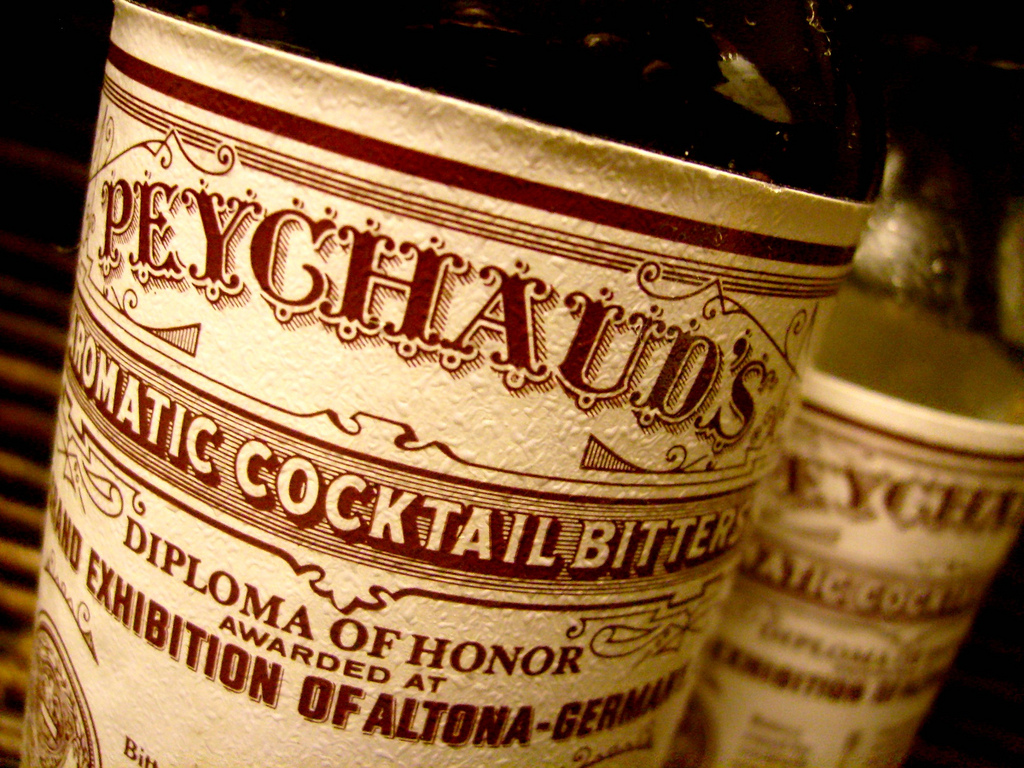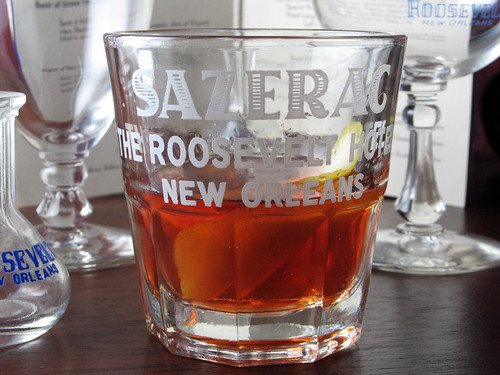
I've spent Tuesday evening of the last 10 weeks in Austin, Texas at Tipsy Tech learning as much as I could about Spirits, not the ethereal kind, but the temporal and delicious. Until recently I almost never drank anything other than gin and tonic, and that rarely, usually in the company of other drinkers, especially the Anglo Saxon. I am usually found at table with a glass of wine. Since The Turtle Enoteca and Restaurant could only acquire a full bar with food license due to the peculiarities of our local laws; and since that privilege was quite expensive, we decided to sell mixed drinks to help pay for the overhead of the full bar license. I really knew nothing about spirits and still consider myself to be a complete novice, even after attending 10 weeks of Tipsy Tech. I do not bar tend except under duress (someone doesn't show up for shift) and my head is too full of tax due dates, employee schedules, important reservations, gelato and bread recipes to make room for the sixty plus cocktail recipes we covered in class much less the nuances of the hundreds of spirits on the market. However, now I do have an idea about what is going on in the bar and an idea about what makes a good drink and how to make one with a good recipe book, other wise - it's gin and tonic. I have even begun to make my own tonic water. The history of tonic water is a long tall topic on it's own which traverses from Peru to India and then some.
I found the history of various drinks and alcohols to be deeply intertwined with all the rest of our history whether it be political, religious or scientific. This was the most interesting part of the class. But what I am going to post about today is the history of the Sazarac Cocktail. I am doing this not just to elucidate you, dear reader, but to practice my essay for my big test tomorrow evening at Tipsy Tech. I don't expect to receive a fabulous grade because, as I said, I am severely short of RAM these days and even if I could remember anything, I don't have time to study. Restaurant life intervenes.
Around 1830 Antoine Peychaud invented the bitters which carries his name today. Bitters started out as patent medicine, good for what ails you. Mr. Peychaud's family was from Bordeaux, France. They emigrated to Haiti. They were slave holders. Inspired by the American Revolution and the French Revolution, Haitian slaves began to feel that the "Rights of Man" belonged to all men and revolted. By 1803 it appeared unsafe for white people to be on the island so many immigrated once again, this time to New Orleans. Antoine found himself in New Orleans by 1811. He became a pharmacist. His recipe for bitters had immigrated with him as well. By 1820 he was offering Pechaud's Bitters for sale.
Mr. Peychaud entertained his fellow Masons with a drink consisting of brandy, sugar and his bitters served in the large end of an egg cup. Legend has it that this is how the word cocktail came into the language of the bar as the french word for egg cup is "cocquetier". If one had imbibed several or spoke with a southern drawl, one's pronunciation might be slurred into cocktail. There are other theories concerning the invention of the word "cocktail" but this much we do know and that is Antoine Peychaud invented Peychaud's Bitters in New Orleans around 1830. The little drink he served to his fellow Masons was almost a Sazarac but not quite. It needed a particular brand of cognac before it would earn it's name.
 The french cognac company Sazarac de Forge Et Fils had an agent in New Orleans by the name of Sewell Taylor. It was a happy coincident that Mr. Taylor's and Mr. Peychaud's businesses were located up the street from each other. Mr. Taylor owned a bar called The Merchant Exchange. At some point he sold it to focus on his importing business but not before he declared that the drink that Peychaud served to his fellow Masons up the street was to be concocted in his establishment using only his own imported product, Sazarac de Forge Et Fils cognac. Aaron Bird took over the Merchant Exchange and changed it's name to Sazarac Coffee House - named after the main ingredient in the house drink. In 1870 Thomas Hardy took over and changed the name of the bar to Sazarac House (period). He also changed the main ingredient from cognac Sazarac de Forge Et Fills to Rye Whisky. Thomas Hardy used Maryland Club Rye. He also bought the Peychaud's Bitters company and other liquor companies.
The french cognac company Sazarac de Forge Et Fils had an agent in New Orleans by the name of Sewell Taylor. It was a happy coincident that Mr. Taylor's and Mr. Peychaud's businesses were located up the street from each other. Mr. Taylor owned a bar called The Merchant Exchange. At some point he sold it to focus on his importing business but not before he declared that the drink that Peychaud served to his fellow Masons up the street was to be concocted in his establishment using only his own imported product, Sazarac de Forge Et Fils cognac. Aaron Bird took over the Merchant Exchange and changed it's name to Sazarac Coffee House - named after the main ingredient in the house drink. In 1870 Thomas Hardy took over and changed the name of the bar to Sazarac House (period). He also changed the main ingredient from cognac Sazarac de Forge Et Fills to Rye Whisky. Thomas Hardy used Maryland Club Rye. He also bought the Peychaud's Bitters company and other liquor companies.Why keep the name Sazarac but change the main spirit? Well, it was on account of the Phylloxera epidemic. A tiny little bug caused total French wine production to fall by two-thirds between 1875 and 1879. Bartenders who had sworn by French brandy were switching to whiskey as cognac became expensive and rare. It may have also been on account of native pride, preferring red likker to french cognac.
 Cartoon from Punch, September 6, 1890, page 110
Cartoon from Punch, September 6, 1890, page 110
"THE PHYLLOXERA, A TRUE GOURMET, FINDS OUT THE BEST VINEYARDS AND ATTACHES ITSELF TO THE BEST WINES."
Artwork by Edward Linley Sambourne (January 4, 1844–August 3, 1910)
We can't reproduce the Sazarac Thomas Hardy made with Maryland Club Rye because there aren't any distilleries in Maryland any more. Here is a link to some Maryland Rye Whiskey brands of the era.
In 2006 The Sazarac Company decided to release Sazarac Rye Whiskey made in their Buffalo Trace distillery. After a 116-year absence Sazerac Rye, bottled in the original late 1800s package, was available once more.
This is the official Tipsy Tech class Sazarac Rye Whiskey recipe: You need a mixing glass and an old fashioned glass. Pack the old fashioned with ice. In the mixing glass put 2 oz Sazarac Rye, .5 oz simple syrup, 4 dashes Peychaud's Bitters, stir until chilled. Throw out the ice in the other glass, rinse it with herbsaint (I like the idea of spraying the glass with Absinthe). Strain the Rye mixture into this glass. Flame a lemon peel over the glass and discard.
Now for something close to the original version substitute a decent cognac. It won't be the same since Cognac Sazerac de Forge et fils was bought in the early 1870's and became Sazerac de Forge et Kotniski then disappeared when the company was sold in 1965 to la société Engrand
We are too late in time to taste the original and can only mix a Sazarac with the spirits available today. There are many disputes about the proper way to make a Sazarac. So, mix it with what you or your customer like to drink using the technique you prefer, sugar cube or simple syrup, absinthe or Herbsaint, leave the peel in, take the peel out, rye or cognac, or half and half. I won't argue with you about whether you've made a Sazarac correctly as long as it is enjoyed. Bottoms up!
